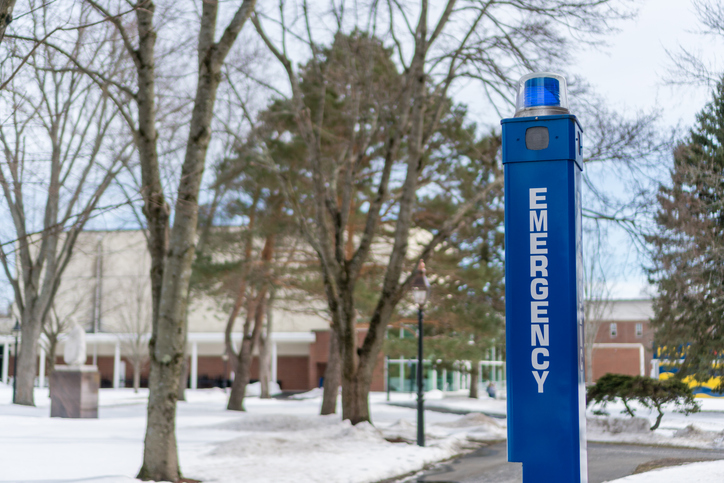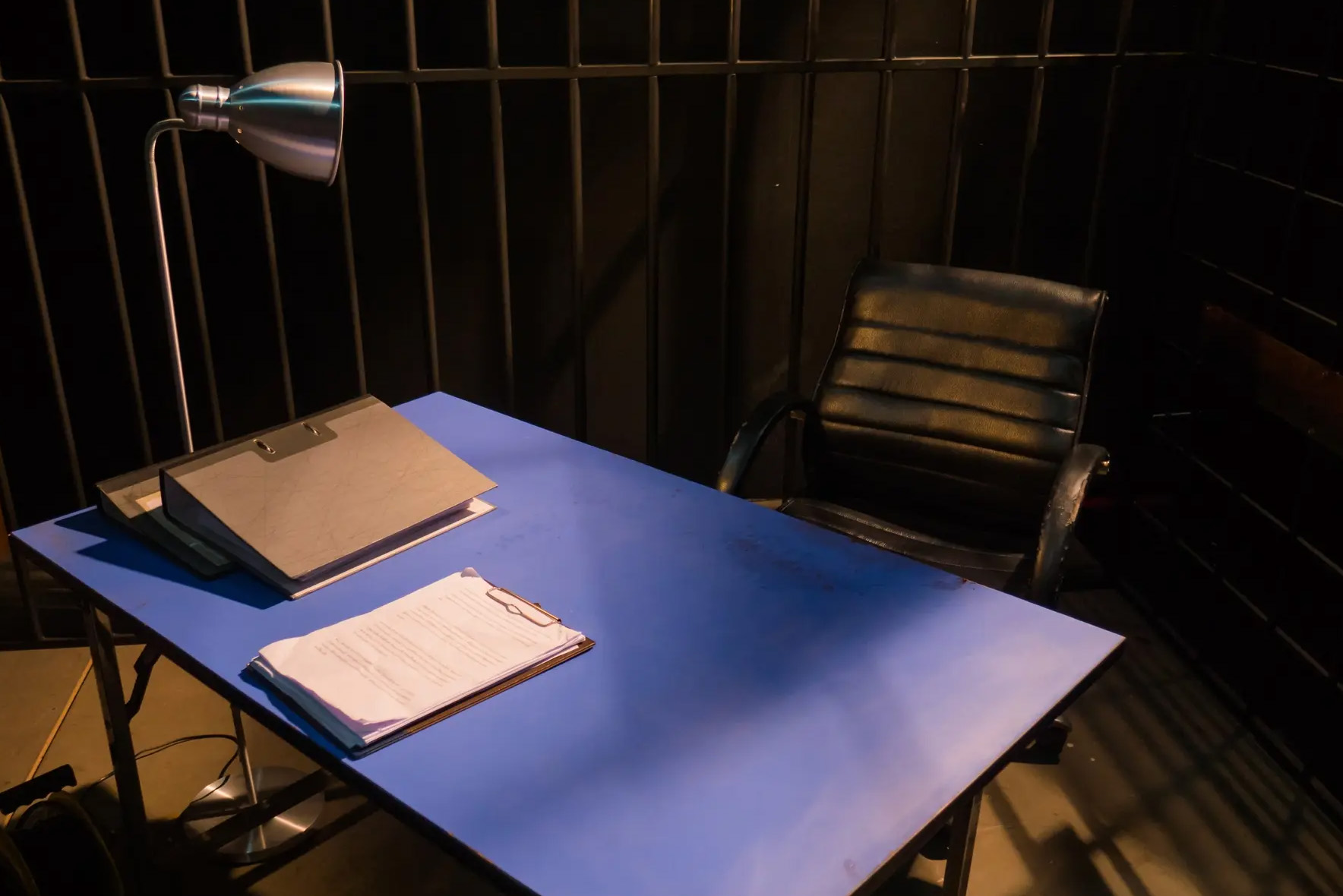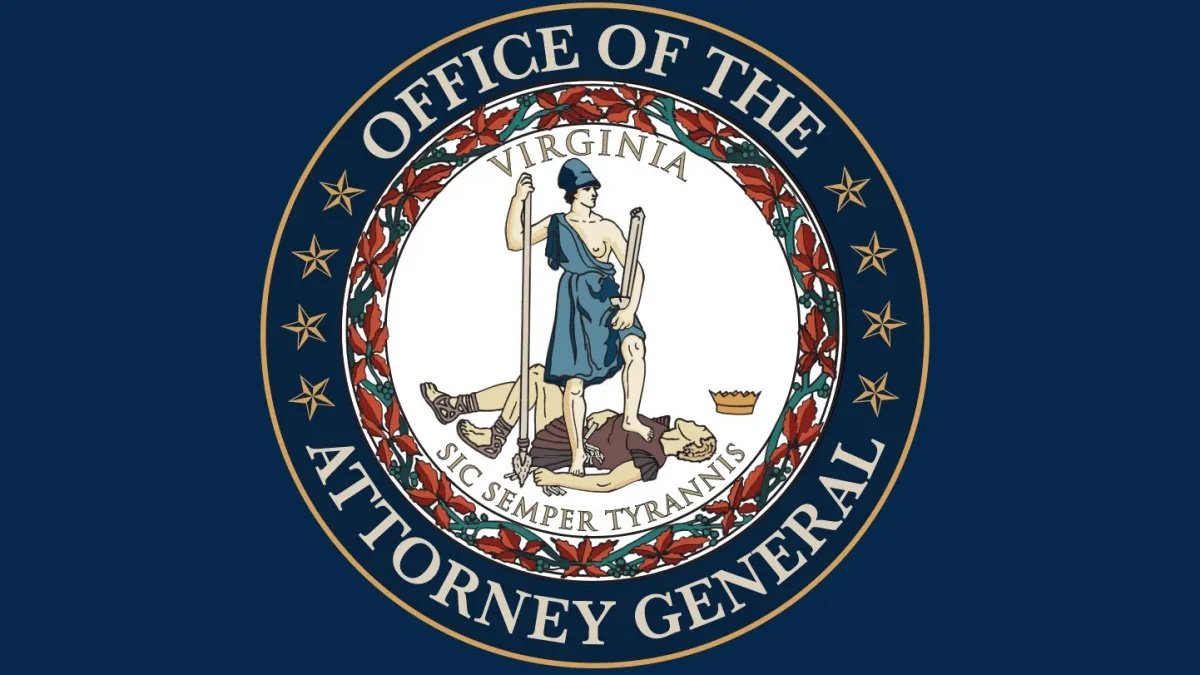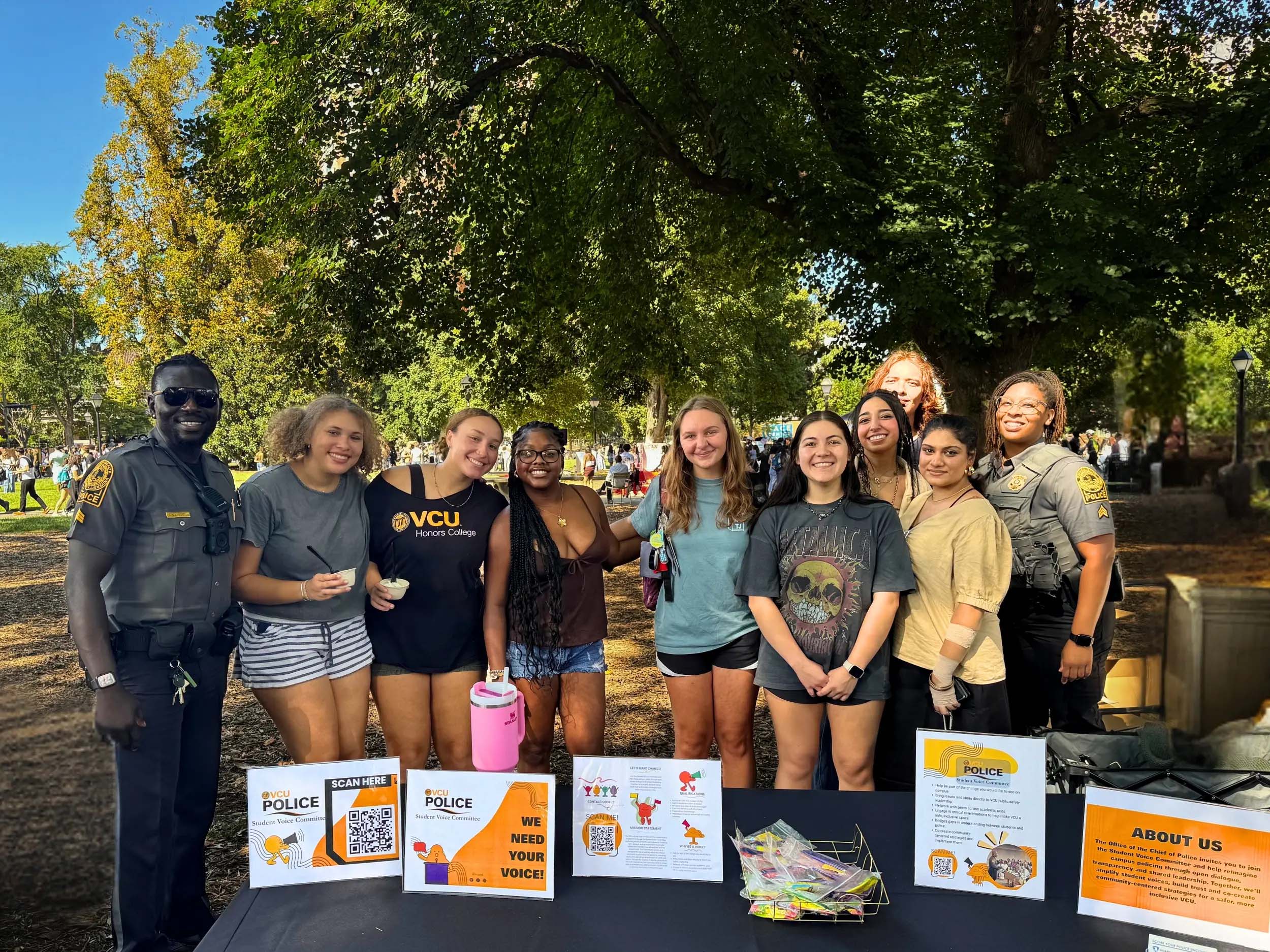In a landmark decision that has reverberated across higher education institutions nationwide, the Department of Education levied an unprecedented $14 million fine against Liberty University for its mishandling of sexual assault cases and other crimes earlier this month. This penalty marks the largest fine ever imposed under the Clery Act, a federal law that mandates universities participating in federal financial aid programs to report campus crimes and ensure the safety and rights of victims.
The investigation into Liberty University uncovered a "systemic and persistent" failure to comply with campus safety laws, including discouraging victims from reporting sexual assaults and failing to provide timely warnings to the campus community about potential threats. Such actions not only violated federal regulations but also contributed to a culture that may have put students at further risk. This situation sheds light on broader issues of campus safety, the effectiveness of current laws and policies designed to protect students, and the steps universities can take to prevent sexual misconduct.
In a conversation with Christina Mancini, an expert in the field of sex crimes, victimization, and campus safety at the L. Douglas Wilder School of Government and Public Affairs at Virginia Commonwealth University, we delve into the implications of this case, the Clery Act's role in campus safety, and the broader landscape of university policies and practices aimed at combating sexual assault. Mancini, who has published over 40 studies in areas including sex crime, victimization, campus crime, public opinion, and law, and is the author of the scholarly book “Sex Crime, Offenders, and Society: A Critical Look at Sexual Offending and Policy, 2nd Edition,” offers insightful analysis and recommendations for how institutions can better serve their communities and ensure a safe environment for learning and personal growth.
The recent fine against Liberty University for mishandling sexual assaults was unprecedented. Were you surprised by the amount?
The Department of Education's penalty was somewhat surprising but aligned with expectations given the serious nature of the findings. Initial discussions around the investigation hinted at a possible $37.5 million fine, indicating the severity of the violations. The eventual fine, while unprecedented, may reflect a combination of negotiations and Liberty University's efforts to proactively address the identified issues. This penalty is part of a growing trend where financial penalties for non-compliance with the Clery Act are becoming more significant, serving as both punitive and deterrent measures to ensure universities uphold safety and reporting standards.
Liberty acknowledged "past program deficiencies" yet asserted it "endured selective and unfair treatment by the department." How typical is this type of institutional response when universities are faced with penalties for campus safety violations?
Defensiveness is typical among institutions facing scrutiny. However, acknowledging mistakes and detailing corrective actions can help rebuild trust. Transparency about the effectiveness of those actions is equally important.
"Our students are invaluable in understanding and addressing sexual assault. It's imperative to empower them and foster a culture that supports reporting and intervention."
-Christina Mancini, PhD
Can you explain the Clery Act's core requirements and challenges in compliance?
The Clery Act is a critical federal law that requires colleges and universities to disclose information about crime on and around their campuses and to take steps to improve campus safety. This includes the obligation to provide timely warnings of crimes that pose a threat to the community, maintain a public crime log, and publish an annual security report detailing safety policies and crime statistics.
One of the significant challenges in ensuring compliance with the Clery Act is balancing the rapid growth of institutions with the need for adequate safety measures and reporting mechanisms. Unintentional errors may arise due to staffing shortages or lack of clear processes, while some institutions might intentionally underreport incidents to maintain a favorable public image.
Both scenarios highlight the crucial need for comprehensive training and increased awareness among all campus stakeholders about their roles in upholding the law and protecting the community. Effective compliance not only involves adhering to reporting requirements but also fostering an environment of transparency and trust that reassures students, staff, and parents about their safety on campus.
What broader lessons should universities learn from this fine?
The DOE’s recent action serves as a wake-up call to institutions everywhere, underlining the grave consequences of not only failing to comply with federal safety laws but also not adequately addressing the underlying issues that deter victims from coming forward. The core lesson here extends beyond the financial penalty; it's a stark reminder of the systemic challenges in encouraging sexual assault reporting among students.
Many victims remain silent due to fears of not being believed, concerns about confidentiality, or the potential for further trauma through the reporting process. As a result, universities must work diligently to create an environment where students feel supported and confident in reporting incidents. This involves not just implementing transparent and accessible reporting mechanisms but also fostering a campus culture that is emphatically supportive of survivors. Education, awareness campaigns, and regular training for staff and students alike can play a pivotal role in changing perceptions and attitudes towards reporting sexual assaults.
Moreover, institutions should continually assess and refine their policies and practices in light of evolving understandings of what constitutes effective support and prevention. Ultimately, the broader lesson is that ensuring safety and fostering trust within the campus community requires a multifaceted approach, one that addresses both the procedural and cultural dimensions of reporting and responding to sexual assaults.
How can universities reconcile internal policies, such as honor codes or religious codes, which may scrutinize victims, with Clery Act requirements to ensure fair treatment and encourage reporting of sex crimes?
To navigate the delicate balance between internal policies and Clery Act compliance, universities must prioritize comprehensive training for disciplinary review boards and the entire campus community. This training should explicitly address how internal codes interact with legal obligations to report and respond to sexual assaults. An essential part of this approach includes implementing and communicating amnesty policies, which protect victims from being penalized for minor policy violations, such as underage drinking, at the time of an assault. Such policies are crucial in eliminating barriers to reporting by ensuring students that coming forward won’t result in additional scrutiny or punishment related to the incident. Ultimately, the goal is to foster a campus culture that encourages survivors to report incidents by assuring them of a fair, supportive, and non-punitive process. Education about roles, responsibilities, and the support available must be clear to all members of the community, underscoring the institution's commitment to safety and compliance over the preservation of image or adherence to codes that may dissuade victims from seeking help.
What strategies have proven effective in improving campus safety?
Campus climate surveys offer a truer measure of sexual assault prevalence. Bystander intervention programs and comprehensive education that begins before college have shown efficacy. The emphasis should be on changing the broader culture and targeting high-risk groups with specialized education.
What indicators suggest success in campus safety initiatives?
Key indicators of successful campus safety initiatives include positive public attitudes towards the university's response and a culture that actively supports and promotes the reporting of incidents. An integral part of this is the perception among students, faculty, university employees, and advocates regarding their safety on campus. It's crucial to assess whether students report feeling less fearful of assault, confident in their ability to report incidents, and supportive of others who may have been assaulted.
Equally important is the collective sense that the university genuinely cares about their well-being and safety. Additionally, the implementation and impact of mandatory reporting policies warrant close examination. This is particularly true in terms of how these policies influence reporting rates and respect student autonomy. Effective safety measures are reflected not only in the procedures and policies in place but in the lived experiences and perceptions of the campus community, demonstrating a commitment to creating a secure and supportive environment for all.
As we wrap up our discussion, could you share any final insights on how universities can effectively combat sexual assault and enhance campus safety, particularly focusing on the role of the student community?
Our students are invaluable in understanding and addressing sexual assault. It's imperative to empower them and foster a culture that supports reporting and intervention. This includes reevaluating how friends and social networks influence a survivor's decision to report.



